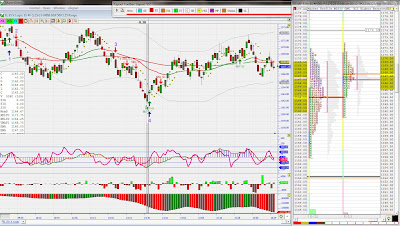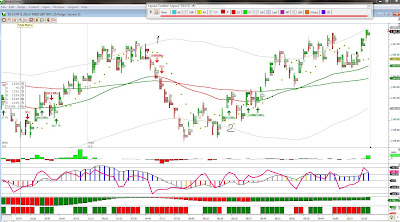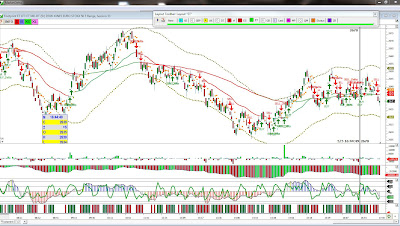 The House has passed another jobless benefits extension. The bill now awaits Senate approval.
The House has passed another jobless benefits extension. The bill now awaits Senate approval.Regardless, I don't see how I could possibly accept it.
I've lived the "American dream" long enough. It's time to make my own name regardless of what happens with my labor situation. I have received benefits for 26 + 20 weeks (not counting the Census gig) but why would I accept any more time? The government allowed me 11 months to find a new job, but that plan has clearly failed. I recently had an interview with a local company for a public relations position and still await to hear if I have been hired. But if not, I know that McDonalds and The Home Depot are hiring.
This, in my opinion, is the fallacy with the employment situation. We can suck off the government teet for a while, but we never have any real sustainable options. Want to start a new business? Too bad you can't get a bank loan because you don't have a steady income. Want to relocate to an area that has jobs? Too bad you're stuck with your mortgage you just bought a year ago.
This jobless spell has been one of the most difficult situations of my life. Although I have tried to make extra money working odd jobs for the past 11 months -- newspaper freelancer, Sestak campaigner, NRFU census enumerator -- I don't see how any employer would want to hire me with that gap in my resume.
And so this vicious cycle continues. I can keep accepting government benefits, or I can make a name for myself. Unfortunately, that name might be written on my apron at your nearest home improvement store.






























